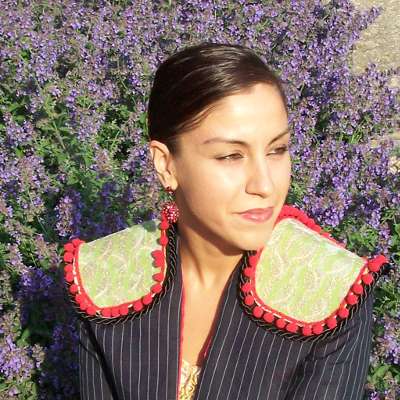Shadows of War, Birmingham Royal Ballet's triple Bill which opened at the Birmingham Hippodrome early last week, shows the company's more serious side.
Kenneth MacMillan's La Fin du jour, set to a Ravel score, was the more light-hearted of this trilogy of war-inspired ballets. And it set the tone for the memorable evening. The first scene was interesting, quirky, and forced the brain to take a memorable picture. 15+ dancers – in pastel costumes that reminded me of 1940's synchronized swimming outfits – moved in crisp fashion, akin to marionette dolls. The puppet-like movement was taut and comical but with a hint of tension, making the theatre uneasy. Scene 2 was less inspiring, with the music often weighing the choreography down and the dancers seeming insecure in the partnering and ensemble work. The two female dancers, Celine Gittens and Yvette Knight, played the aviation heroines of the period, but lacked the confidence and charisma that was needed for the piece. The scene felt long and the partner work between the 10 men and 2 female dancers, was less than clean. It was disappointing how lacklustre this scene ended. The final scene raised the energy again and showcased agile limbs and forceful leaps.
As one settled back from the intermission, those quintessential sirens of the war and the distant echoes of falling bombs set the tone for the Miracle in the Gorbals, a ballet choreographed by Gillian Lynne (after Robert Helpmann). Gillian Lynne spent time with the company and recently said in an interview that she demanded a lot from them, which showed onstage. Ian MacCay, who recently starred in Beauty and the Beast, had a significant role but a less dance-y one. He here played a priest, and the role required him to, once again, prove his acting skills. Cesar Morales, who played the convincing Christ-like character, was supported by a persuasive ensemble whose miserable existence was effortlessly conveyed through hunched torsos and sour facial expressions. The drama of the set, tension in the choreography and masterful abilities of the dancers interacting with one another throughout the 40 minutes ballet triggered memories of a war-torn world where hope and faith were clouded by the grim reality of bombs.
Flowers of the Forest is a ballet in two parts. The first section, Four Scottish Dances is fabulously choreographed, and a light-hearted yet nostalgic work, here performed energetically. The Scottish Ballad, a touch more serious and inspired by folk music, was equally brilliant. Flowers of the Forest is Bintley's anti-war ballet and one in which his dancers show off their sharp technique and suppleness. The speed and articulation of the female dancers' feet contrasted by the slow and forceful marches of the male dancers allowed the Scottish kilts to stop twirling, allowing for a moment of contemplation. The windmill arms and the series of lightening speed chaine turns all accentuated Bintley's intelligent choreography. As Nicholas Dromsgoole once wrote: “[Bintley] has the uncanny ability to imply rather that to state.” In Flowers of the Forest we see the ideas of war and patriotism without these ever being made explicit.
Birmingham Royal Ballet's Triple Bill, Shadows of War, patchy in its performance, was overall an interesting show, and worth seeing. The dancers were invested in the three pieces, but failed to strike a complete balance between the choreography and acting... Nothing that a bit of rehearsal can't change.


